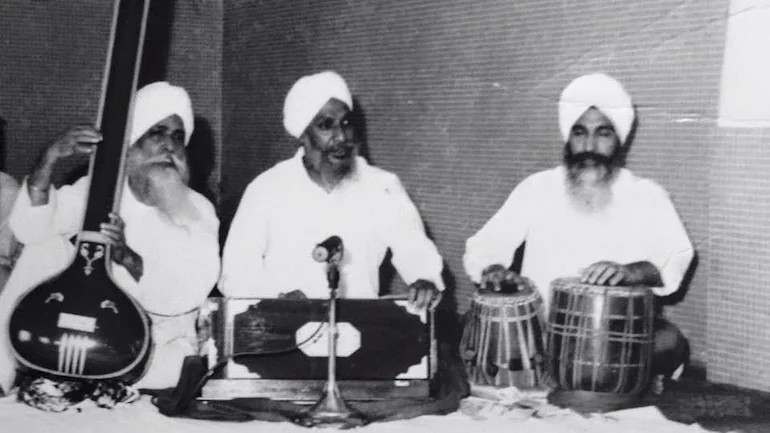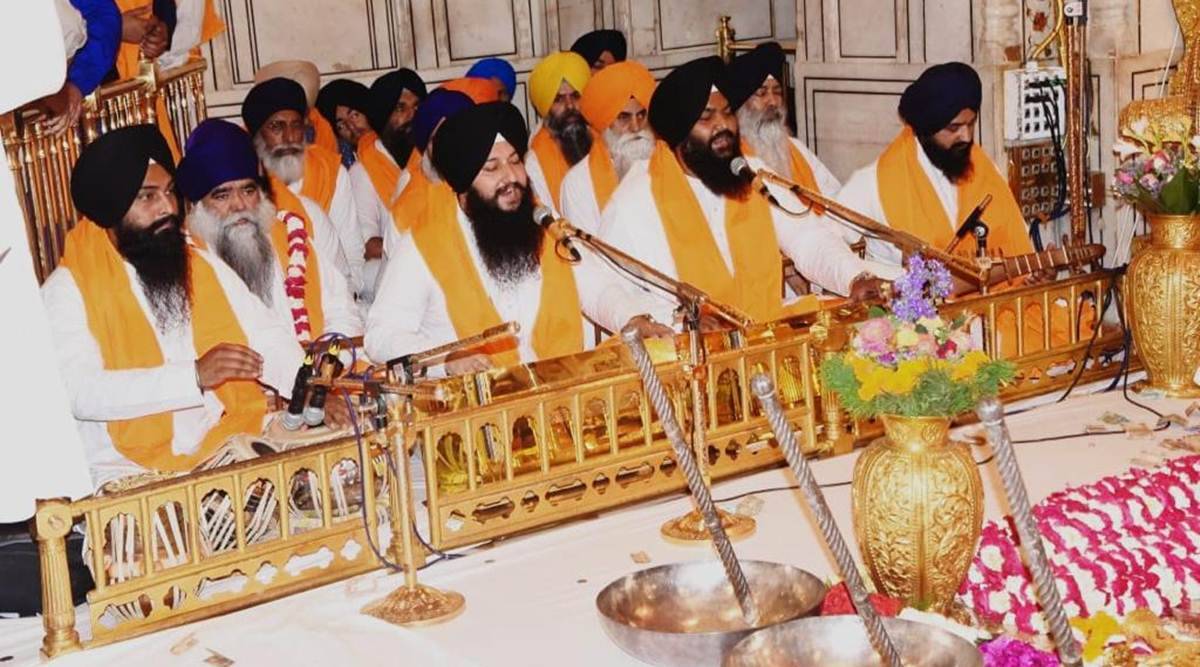In the next three years, the Akal Takht wants the harmonium removed from the Golden Temple. The Akal Takht’s Jathedar, Giani Harpreet Singh, has requested the Shiromani Gurdwara Parbandhak Committee (SGPC) to work towards meeting the deadline.

On May 21, the Delhi Sikh Gurdwara Management Committee (DSGMC) established a goal for all Sikh Raagis in Delhi to use traditional string instruments instead of harmoniums.
Dwarkanath Ghose created the Indian hand-pumped harmonium in Kolkata in 1875, according to the Union Ministry of Culture’s website.
In Indian classical music, drone knobs were added to the instrument to generate harmonics. A way for altering the scale was also introduced.
By 1915, India had become the world’s biggest harmonium producer, and the instrument had become a staple of Indian music. Today’s harmoniums are capable of playing 12 Surs and 22 Shrutis.
However, some Indian classical music academics maintain that the harmonium is incapable of performing
all Raagas and striking all classical notes flawlessly.
It’s uncertain when the harmonium made its way inside the Golden Temple. It is thought to have been there since the turn of the twentieth century.
Kirtan is performed with only the string instrument rabab and a tabla-like instrument called jori in a picture by William Carpenter dated 1854 depicting a congregation at the Harmandir Sahib.
A Gurmat Sangeet performance without a harmonium is today difficult to imagine.
Indeed, 100 of the 105 Raagi jathas (choirs) recruited by the SGPC sing kirtans with harmoniums. Only recently have five jathas with expertise of traditional string instruments called Tanti Saaz been introduced.
The harmonium was “forced” by the British, according to a group of Gurmat Sangeet experts. Gurmat Sangeet is a Sikh tradition with affinities to Indian classical music.
They feel that Raagis can disguise their flaws with the harmonium, but Tanti Saaz require more discipline. The harmonium, according to these experts, permits less gifted Gurbani singers to become Raagis at the HarmandirSahib, lowering the level of kirtan.
Several Sikh Raagis have also come under fire throughout the years for attempting to inject a sense of fun into what Sikh clerics regard as a purely spiritual profession. While doing Shabad Kirtan, the SGPC has even admonished Raagis against drifting away from the Raagas described in Guru Granth Sahib. Every Shabad in the Guru Granth Sahib is associated with a Raag.
It will be difficult for the SGPC to phase out an instrument that has been a part of the Gurmat Sangeet ecology for more than a century. Many generations of Sikhs have grown up hearing the harmonium played as part of the Gurmat Sangeet. There are Raagis who have studied the discipline for many years. Most gurdwaras in India and abroad provide harmonium and tabla instruction sessions.
Several Sikh experts who reject the Akal Takht’s request believe that instead of abolishing the harmonium, it should work on the rebirth of string instruments. The opposite side, on the other hand, claims that Tanti Saaz was marginalised because of the harmonium’s prominence. They also point out how, in the 1970s, the Namdhari sect abandoned the harmonium in favour of string instruments.
